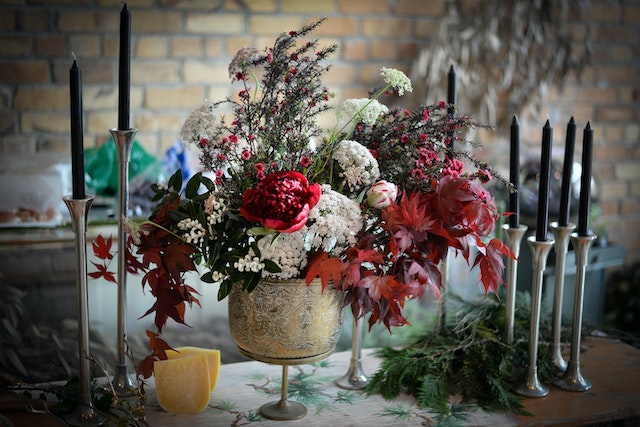Roses are lovely, sophisticated flowers, yet they are normally cultivated outside. They need a great deal of room and have a reputation for being fairly fussy about their upkeep. So what should you do if you have limited space or the climate is unsuitable for rose cultivation? Cultivate them inside! Here is all the information you need to create a successful indoor rose garden.
Can you grow roses inside?
What varieties of the rose grow well inside?
The miniature rose is the most popular rose cultivar for indoor gardening! Mini roses are, as their name implies, smaller plants, making them ideal for interior locations with limited space.
Try climbing roses if you have some vertical room but not much horizontal space! They need a trellis or grid to climb, but they are no more difficult to care for than any other type of rose.
Any rose type may be grown indoors, provided you have the necessary area and patience! Consider Sophy’s rose, golden unicorn, and French lace rose if you require a kind that performs well in partial shade.
How to Grow Miniature Roses Indoors
To grow miniature roses indoors, you’ll need to water them regularly and provide enough light. Place your rose in an area where it will receive six to eight hours of sunlight each day. If your rose doesn’t get enough light, it won’t bloom. If you can’t provide enough natural light, you may need to use a grow light.
Fertilize your rose every two weeks using a fertilizer made specifically for roses. Follow the manufacturer’s instructions for best results.
Water your rose when the soil is dry. Don’t let the soil get too wet or too dry; both can harm your plant.
How long do roses live indoors?
Roses are a popular choice for indoor plants because they are relatively easy to care for and their beautiful blooms add a touch of elegance to any room. Most indoor roses will live for two to three years with proper care, but some varieties may only last for one season. Once your indoor roses start to decline, you can replant them outdoors or in another location indoors where they will receive more light.
How Much Light Do Miniature Roses Need?
Miniature roses need four to six hours of direct sunlight each day to bloom properly. If you want to grow miniature roses indoors as a houseplant, choose a pot that’s large enough to accommodate the plant’s roots and place it in an east- or west-facing window. Although miniature roses require more light than some other houseplants, they can still thrive indoors if you provide them with bright indirect light for most of the day.
How much space does it take to grow roses inside?
To grow roses inside, you need a minimum of 4 square feet for a miniature rose, and 6-10 square feet for a regular rose plant. rose bushes can be grown in smaller areas, as long as the plant needs are met. You will also need to prune your roses regularly.
In general, give each rose plant a few feet of space. When young, they take up less space and can be put closer together. As they grow, you will need to make changes.
Tips for Growing Miniature Roses
To grow miniature roses, water them regularly and fertilize them monthly. Prune the plants in spring and summer to keep them healthy. Place the pot in an area with high humidity for best results.
Can you move indoor roses outside?
If the weather is nice, you can move your roses outside. Of course, your roses might like being outside in the spring and summer! But there are some things to think about.
It would help if you moved them outside a little at a time. Changes in a plant’s environment that come on quickly can shock them and cause health problems. So start by putting them outside for short periods and build up to longer and longer times.
Even if you’re leaving them in the pot and not moving them, you still need to move them slowly. But it would help if you also thought about what pot they’re in. Even though different materials have different advantages, size is the most important thing to consider. Also, during the first few years of a rose’s life, it grows more quickly, so it needs to be repotted more often.
Once they’re mostly grown, though, they need to be moved to a bigger pot every year or two. The pots should be about the same size as the root ball. This gives the roots room to grow but doesn’t leave too much space for water to pool.
Every rose has thorns, but now you know how to avoid them when making an indoor rose garden. There are many ways to make your garden unique, so don’t be afraid to try out different plants and other ways to arrange them.

